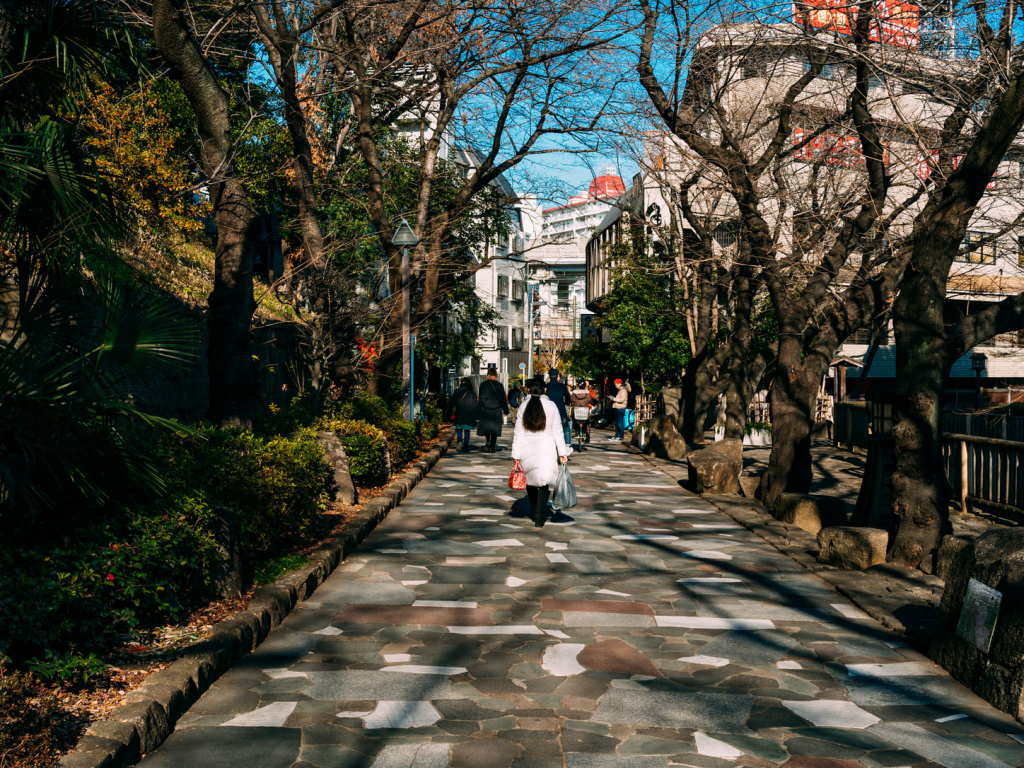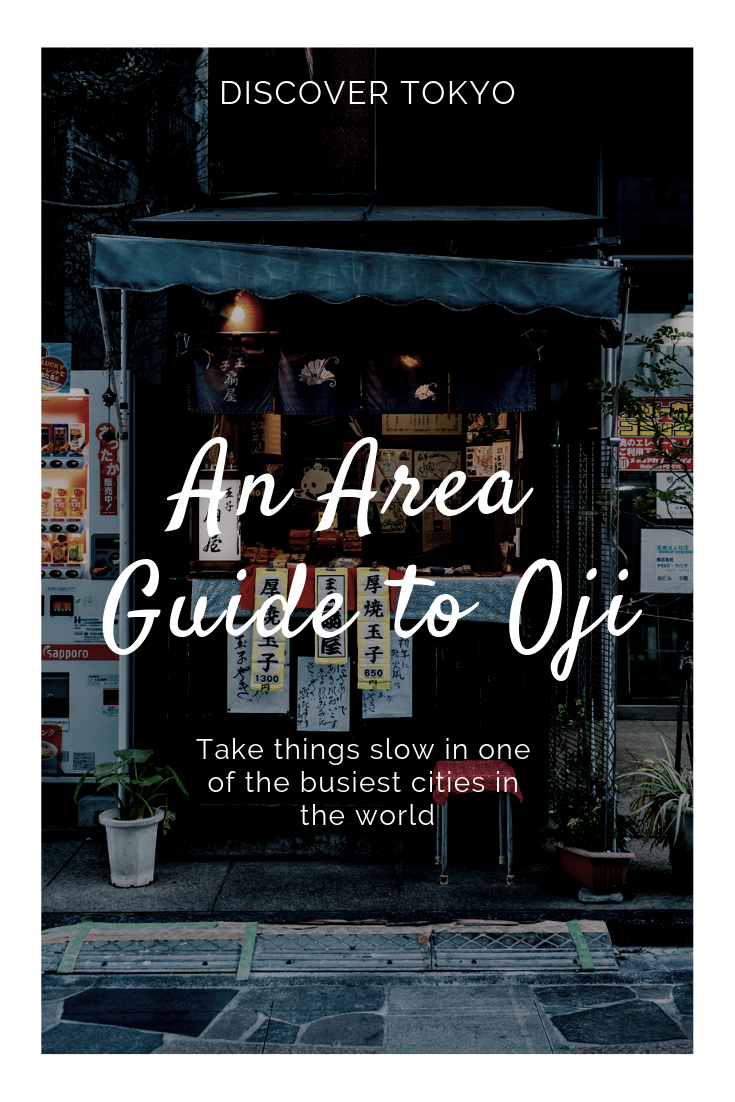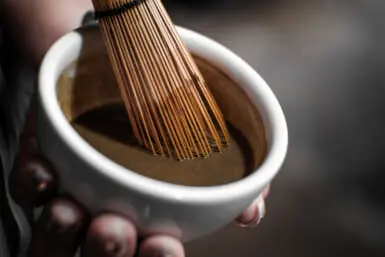Split down the middle by shinkansen tracks, Oji has two distinct flavors – one side full of tranquil Edo-era historical beauty, the other a more rough-and-ready shitamachi (old town) district to explore.
A River Runs Through It
Exemplifying Oji’s slower pace of life is the Otonashi River, which branches off from the longer Shakujii River. Depicted in ukiyo-e master Utagawa Hiroshige’s print “Dam on the Otonashi River at Oji, No. 19 in One Hundred Famous Views of Edo,” the area was redeveloped in 1988, resulting in Otonashi Shinsui Park. The rocky riverbed, arched bridge, old wooden water mill and nearby Oji Shrine have made it one of Japan’s top 100 city parks. Lanterns in the evening and the surrounding cherry trees add a touch of seasonal, romantic ambiance. Saunter up along Shakujii River to find an even quieter spot for taking some time out – the horseshoe-shaped Otonashi Sakura Green Space, which, as the name suggests, is also a great cherry blossom viewing spot.
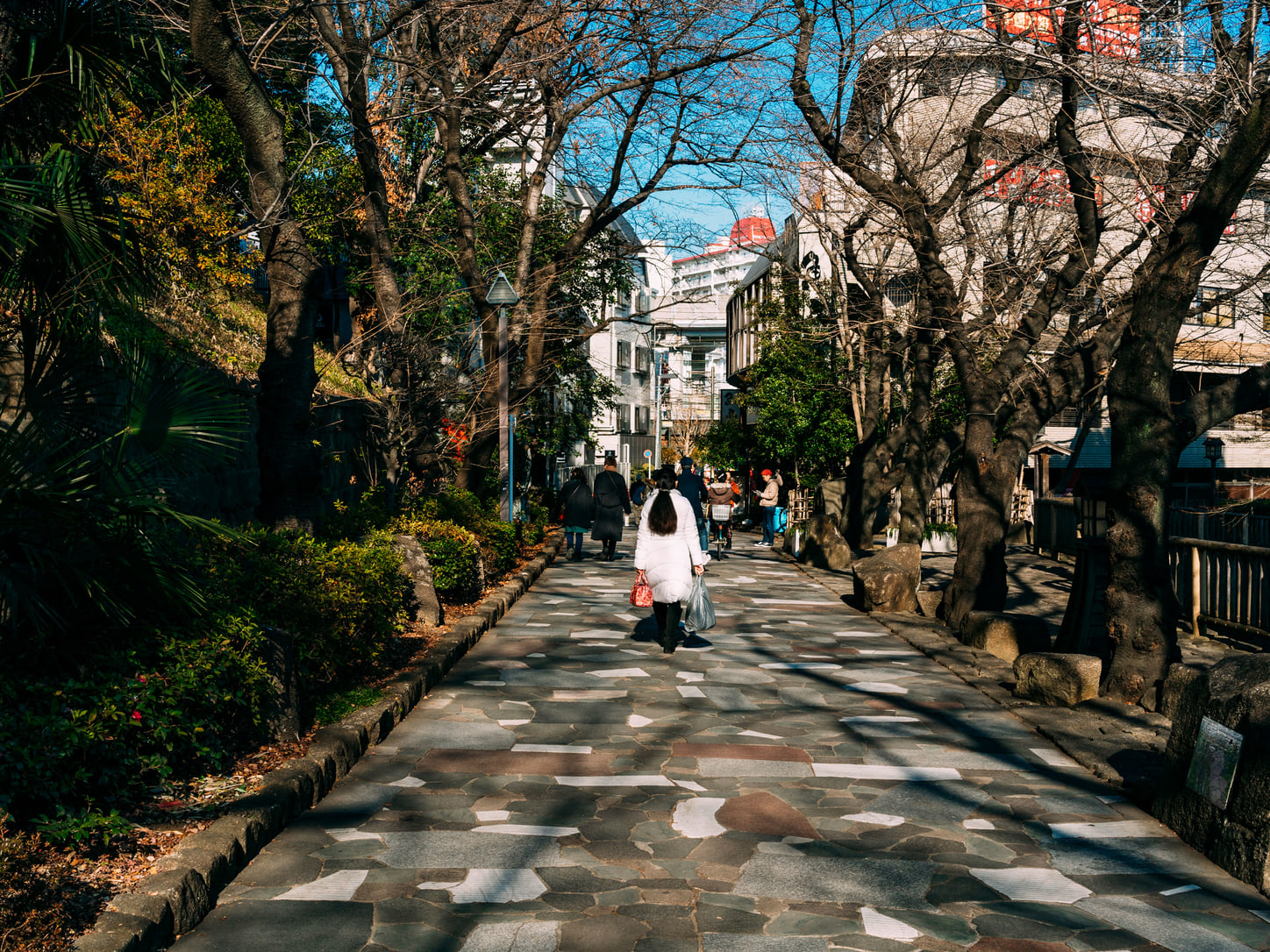
Otonashi Shinsui Park
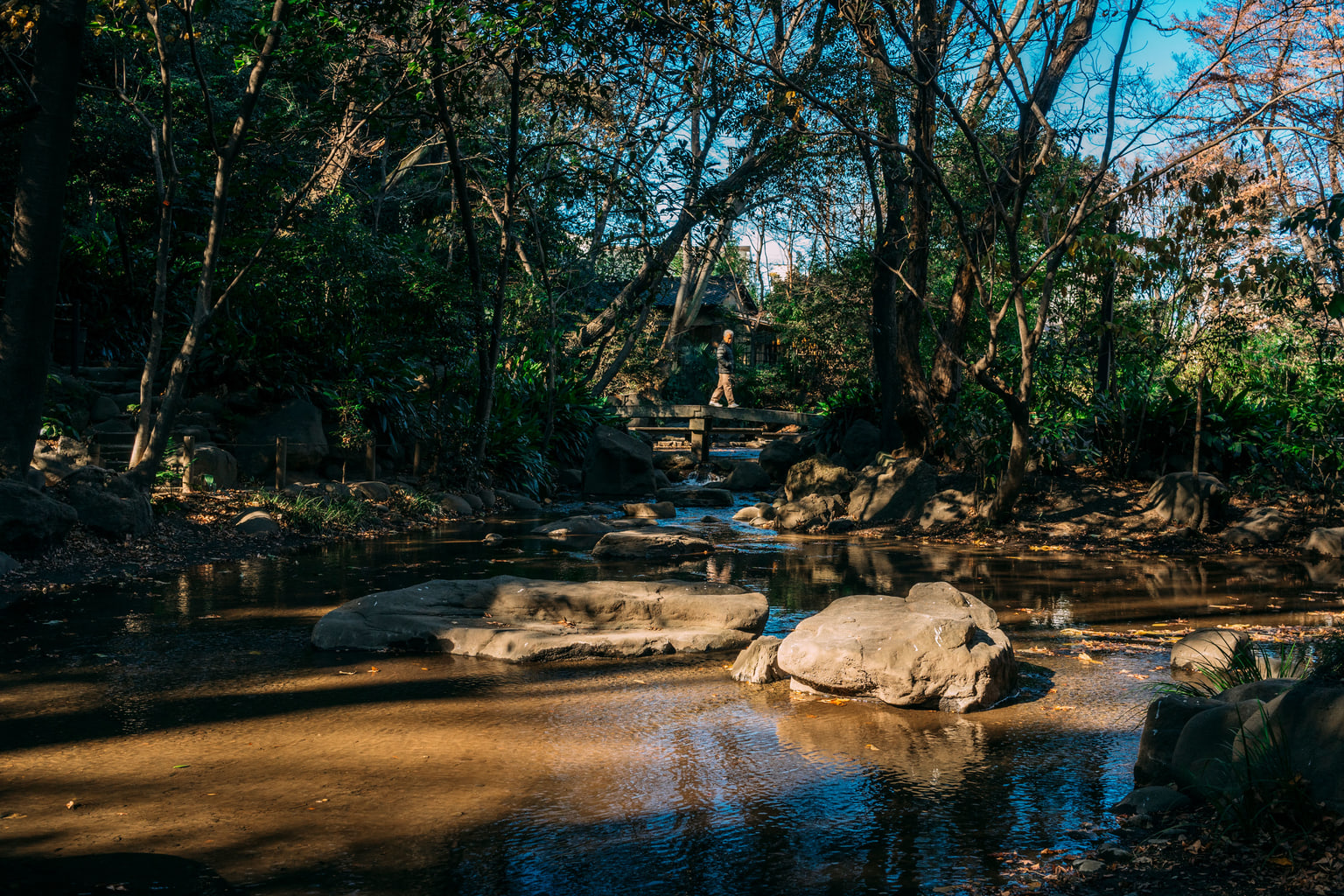
Nanushi No Taki Park
Go Chasing Waterfalls
For more ukiyo-e connections take a walk over to Oji Inari Shrine which has appeared in both Hiroshige and Katsushika Hokusai works. The Oji Fox Parade, which has taken place every New Year’s Eve since 1993 and ends at the shrine, is a modern-day recreation of the Hiroshige print “New Year’s Eve Foxfires at the Changing Tree, Oji.” A little further up from the shrine you’ll find Nanushi no Taki Park. Consisting of a pond, a stream and four recreated waterfalls that culminate in the eight-meter tall Osaki waterfall, the park is a real beauty that blots out any sense of its urban surroundings with hardly another soul in sight. It’s also worth taking the brisk 15-minute walk from Oji Station in the direction of Kaminakazato Station for another pocket of natural beauty: Kyu Furukawa Garden. Pop into its stately stone-built mansion (built in 1917 by the English architect Josiah Condor) for a spot of afternoon tea or, when the season is right, to admire the 90-plus rose bushes within its garden before heading to the lower Japanese garden that contains another waterfall and a pond shaped in the kanji character for “heart.”
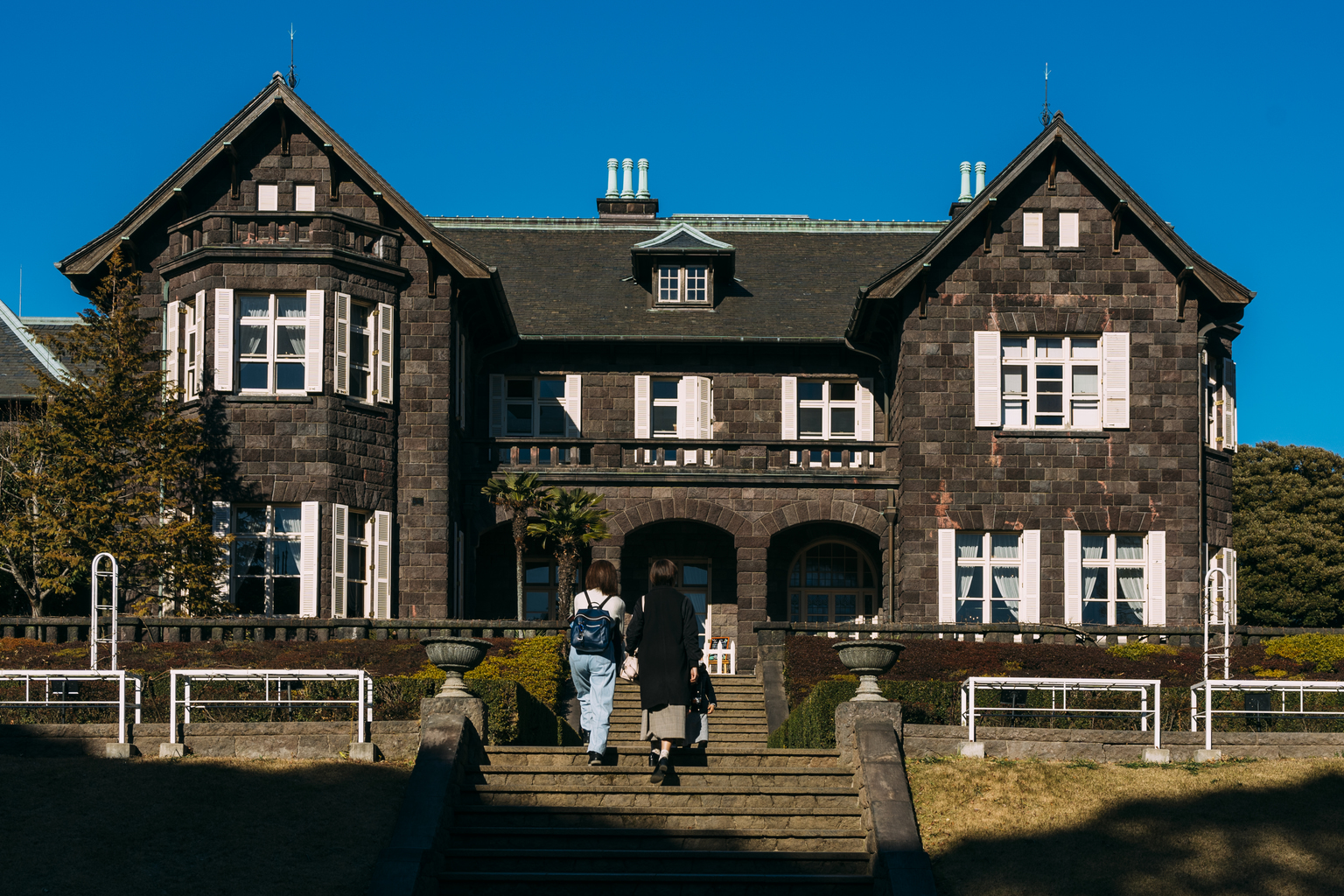
Kyu Furukawa Garden
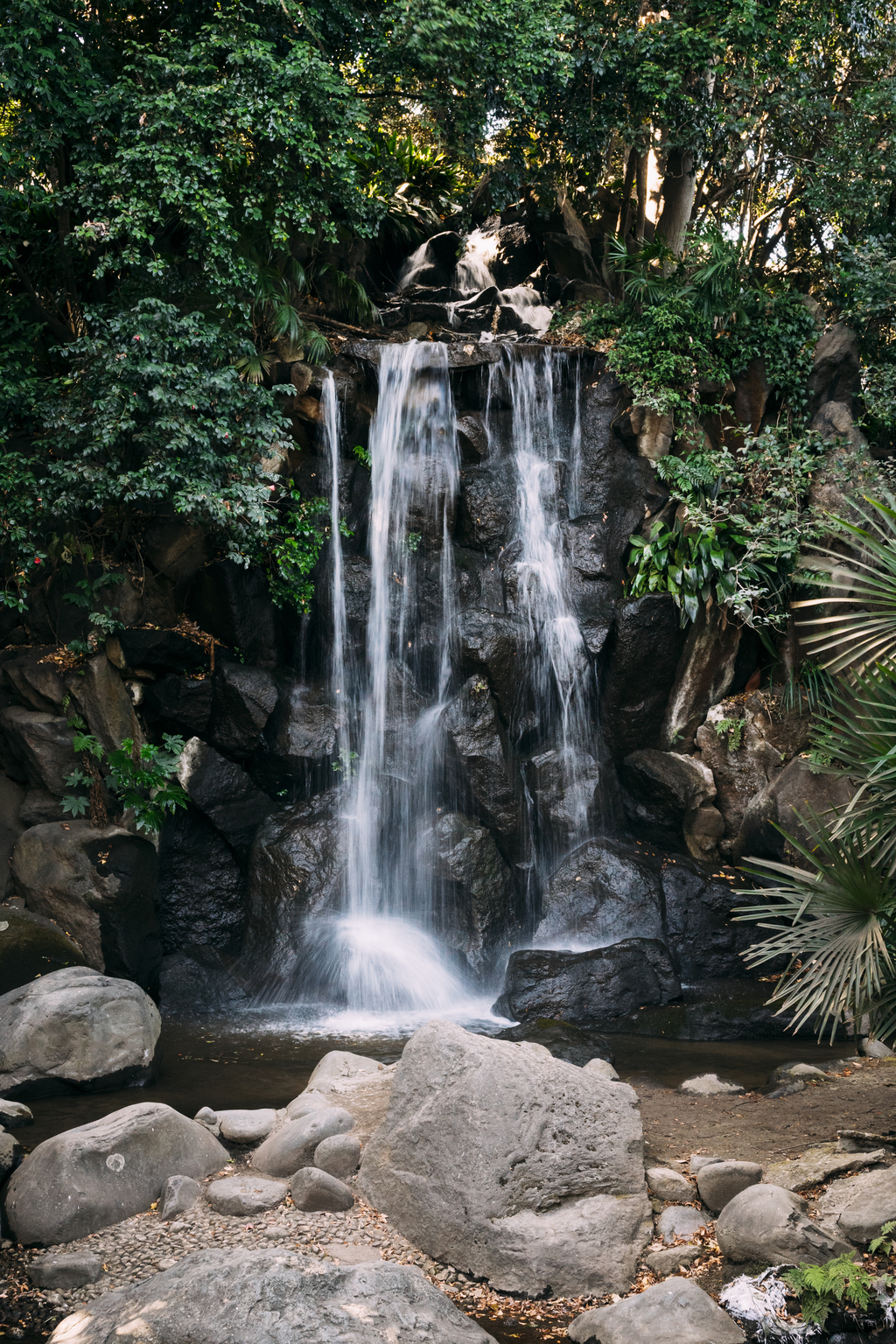
Nanushi No Taki Park
Pretty in Pink
The vast Asukayama Park was one of the first to be open to the public during the Edo era and quickly made a name for itself as one of Japan’s top cherry blossom viewing spots – an accolade it still holds today. The park is also home to three small museums: the Kita City Asukayama Museum, the Shibusawa Memorial Museum and the Paper Museum (for more niche, paper-related history check out the nearby The Banknote and Postage Stamp Museum). For rail enthusiasts, the park’s playground and water park is home to two preserved railway vehicles: a former Toei 6000 series tram car and a JNR Class D51 steam locomotive. The (very) short Asukayama Park Monorail provides access to the north end of the park – great for both the mobility impaired and for novelty value. Oji Eki-mae Station is also a stop on the Toden Arakawa Line (aka the Tokyo Sakura Tram), one of Tokyo’s last remaining active streetcar services. For top-down panoramic views of the park and the surrounding area, head up to the observatory on the 17th floor of nearby Hokutopia building.
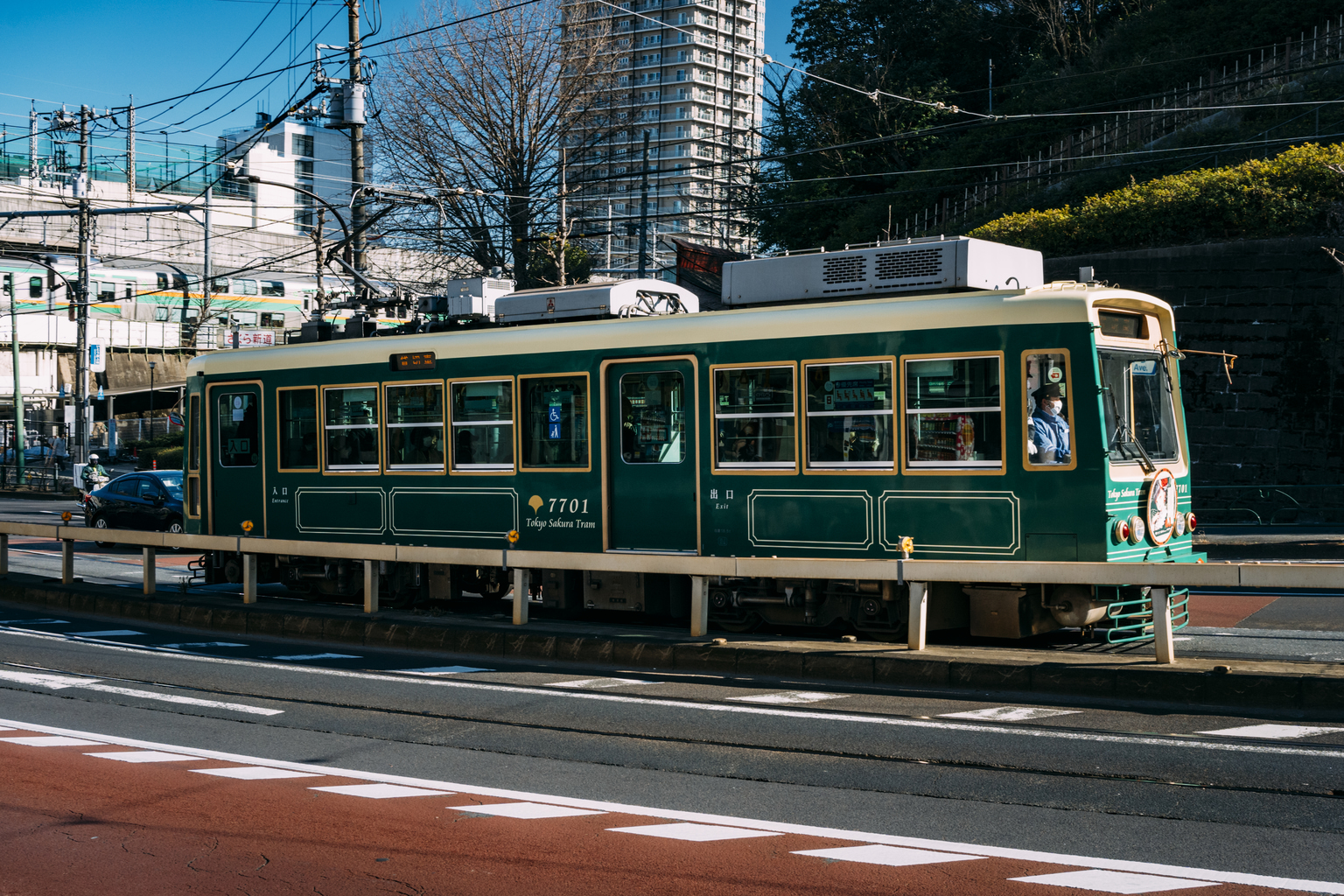
Toden Arakawa Line
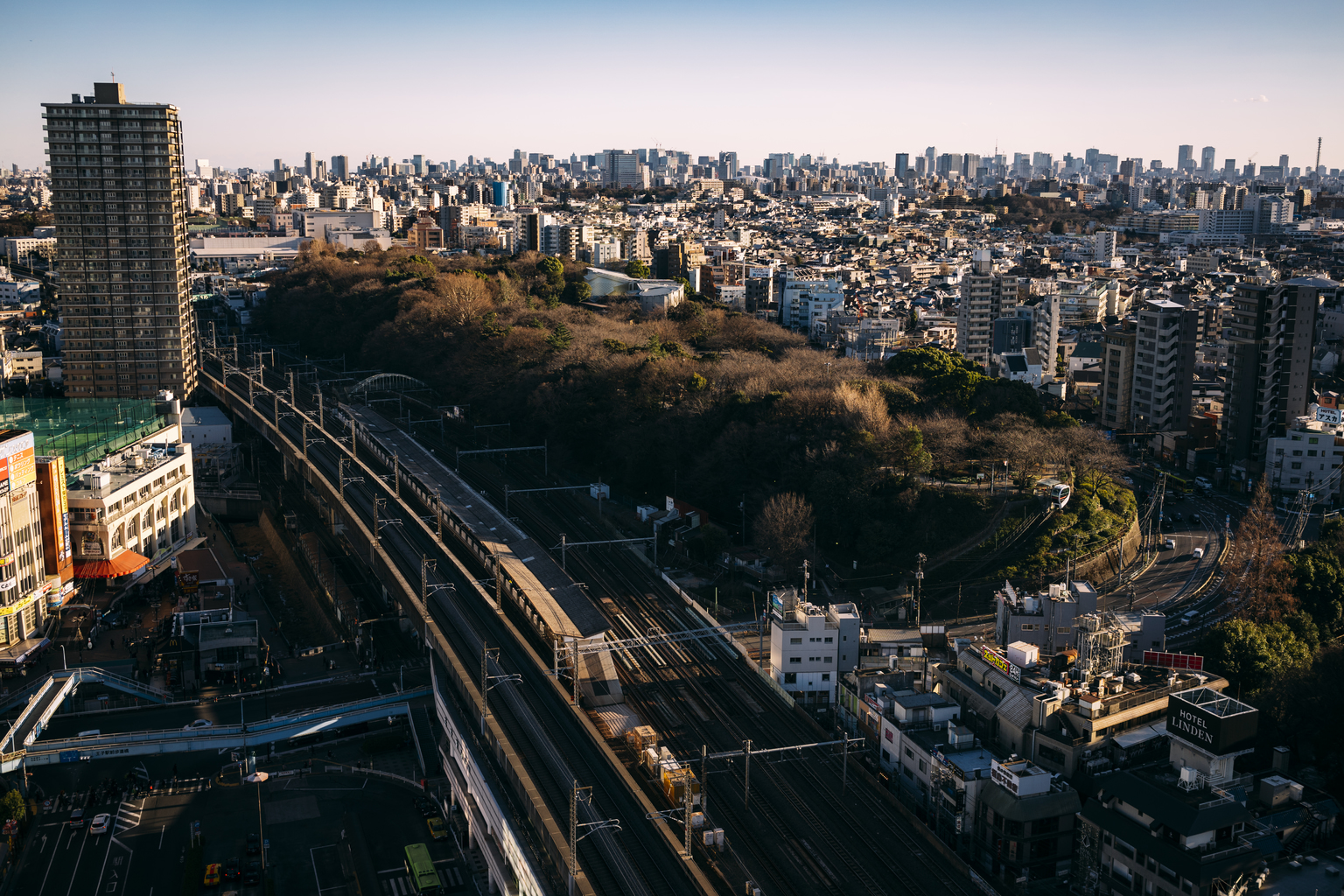
View From Hokutopia
Old-School Eating
It’s not just the scenery that has survived the ages. With 300 years of history, Ogiya is a small, unassuming stall that specializes in tamagoyaki (Japanese rolled egg). The thick, slightly sweetened rolled eggs are a popular choice and can sell out fast. Oden from the long-standing Hirasawa Kamaboko restaurant is also popular with the locals but don’t miss out on one of Oji’s more recent dining attractions: Rocco’s New York Style Pizza, which serves up arguably Tokyo’s most authentic NYC-style pizza. If you’re out for the evening, mix with locals in the warm and friendly atmosphere of Hosen, one of the numerous izakaya over on the east side of the neighborhood.
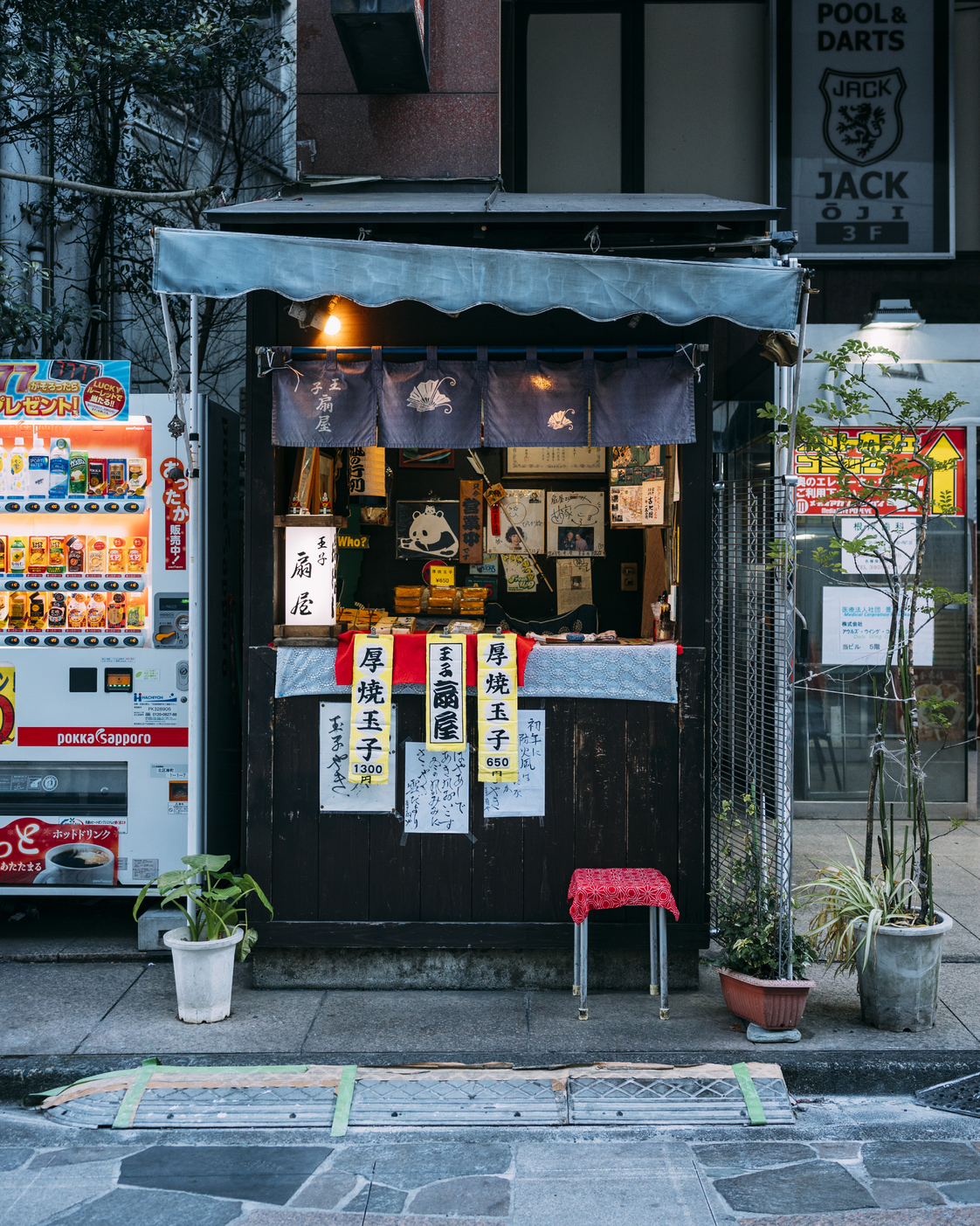
Tamagoyaki Specialist Ogiya

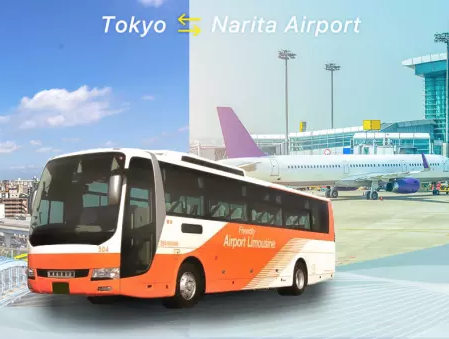
DISCOUNT FOR NARITA AIRPORT BUS
21% OFF Narita Airport Limousine Bus Ticket for Tokyo
For an extra 5% off use our coupon code TOKYOWEEKENDER during check-out.

